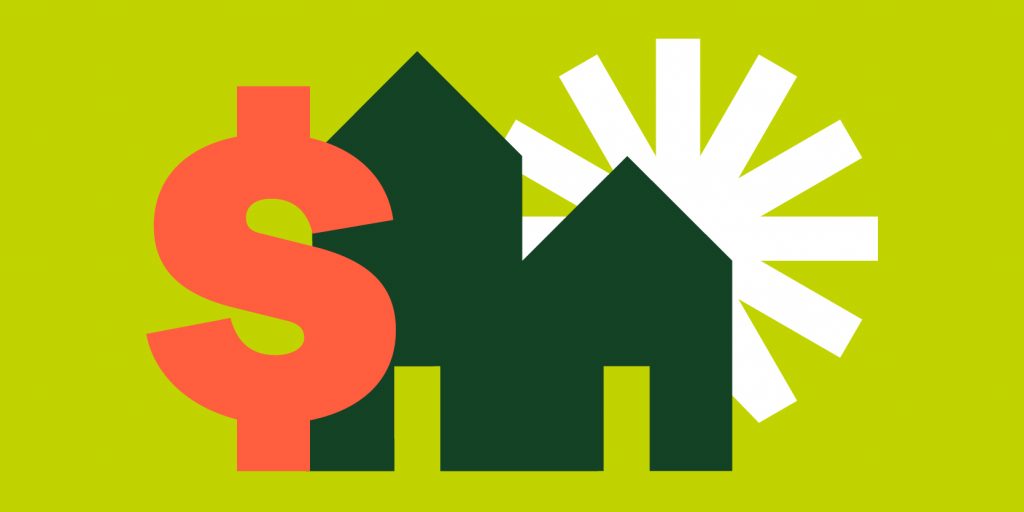If you’ve even heard of rent control, odds are, you’re interested in it, especially if you’re apartment searching. Rent control limits how much landlords can charge tenants, which might sound too good to be true—but it’s real. Here’s how rent control works, where to find it, and how people manage to get apartments with rent control.
What is rent control?
Technically, the term “rent control” means a tenant’s rent is almost completely frozen indefinitely. This is pretty uncommon. When people say “rent control,” they often mean “rent stabilization,” which establishes a small, set percentage by which landlords can increase rent each year.
Here’s everything you need to know about rent control.
-
How can I find apartments with rent control?
Once you learn what rent control is, you might wonder why you’ve never rented an apartment that was rent-controlled. The answer is because it’s really rare. In the U.S., rent control is currently allowed only in certain cities in California, Maryland, New Jersey, New York, and in Washington, D.C.
Even in those cities, rent-controlled and rent-stabilized apartments can be challenging to find because tenants in those apartments are more likely to stay put to hang on to their good deal, so supply is typically pretty limited.
-
How does rent control work?
Sometimes rent control doesn’t even seem like that great of a deal when you’re first signing your lease. That’s because most cities allow landlords of rent-stabilized or rent-controlled apartments to raise rents to market rate, or by a much larger percentage amount than usual, when they get a new tenant. So your rent in your first year of a lease with rent control might have a similar rate to other apartments.
But just wait: the benefits of rent control increase significantly over time. When the market rate for rents goes up quickly around you, an apartment with rent control has to stick to the rules, staying more affordable than market-rate rentals.
-
Who controls rent control rules?
Cities that have rent control or rent stabilization—like New York City and San Francisco—have rent boards that set policy.
The conditions of these landlord-tenant laws are often extremely specific. New York City’s Rent Guidelines Board requires rent-stabilized buildings to have been built before 1974, to contain six or more units, and to have had a certain maximum rent depending on when the tenant moved in.
-
How can I lock in a low rate with rent control?
All that being said, rent-controlled and rent-stabilized apartments are out there to be found if you’ve got the right strategy. Here are a couple of ways to do it:
- Inherit a rent-controlled apartment from an existing tenant. This can allow you to lock-in the former tenant’s rental rate. You usually have to fulfill some very specific rules to do this, which vary from city to city. Most rent boards require you to have a close family or family-like relationship with the existing tenant and to be roommates with them in the unit for a certain period before the transition happens—making options like subletting out of the question.
- Check rent control databases. And be very persistent about it. Most cities with rent control maintain a database of rent-controlled or rent-stabilized properties. Look over the list and check for vacancies that may not be publicly listed. Building relationships with management companies—or even existing tenants—could help you score stabilized rent you can afford
Once you move into an apartment with rent control, the benefits are only going to increase as time goes on. Give it a few years or even a few decades, and you’ll be the envy of the neighborhood.
Though rent control is surprisingly real, sometimes rental listings that seem too good to be true aren’t the real deal. Here’s how to spot a rental scam.



